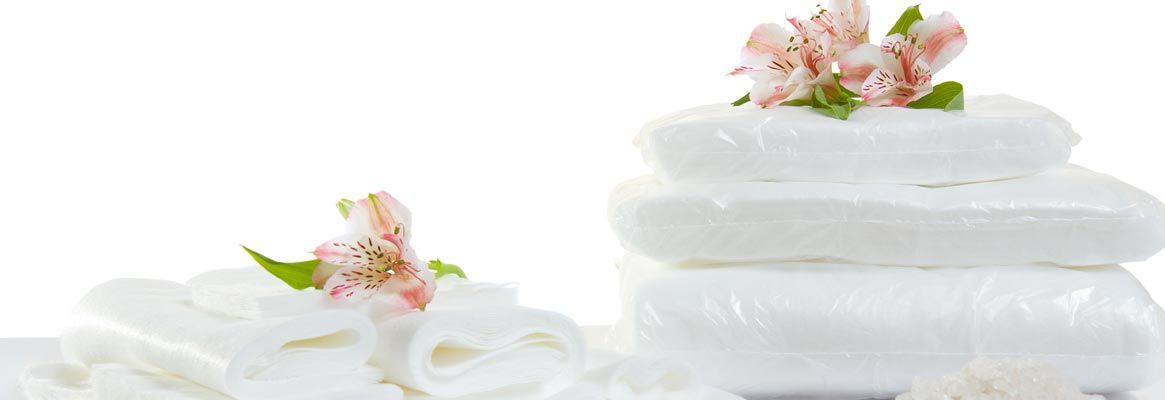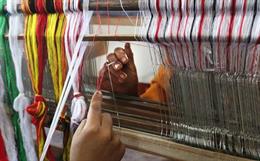They created demand
To a large extent, the early manufacturers have driven the market. Through television and print media commercials, they drove home the point of hygiene and reliability. Gradually, awareness grew and with it, demand. That encouraged leading corporates in female hygiene products to enter the market, especially in developing and underdeveloped countries.
From field and home to factory and office: women have traditionally toiled hard but never have they enjoyed the financial stability that contemporary employment offers them. That helps them drive the market for their own reliable, discrete packet of nonwovens.
Count them off
Apart from the growing range of features that non-wovens continue to offer, they ensure better everything than their predecessors ever could imagine: absorption, softness, smoothness, stretchability, comfort and fit. Although the earlier nonwovens were a mark of financial stability, savvy pricing and growing demand has ensured that they continue to become more and more affordable. Of course, there is still some way down the price index before the nonwovens can guarantee hygiene to every woman. Shushing their squeaky early ancestors, current nonwovens are discrete. The regular, ultra-thin and superabsorbent categories of nonwoven female hygiene products have taken the world by storm. Better performance and remarkable comfort are attracting women to nonwovens.
Pace of change
Currently, markets of North America and Europe have been dominating the feminine hygiene segment globally. The United States is the largest market for feminine hygiene products followed by Canada. Among the other major representatives in Europe are Germany, France and the UK.
The developed world is about to reach a plateau but it is the developing economies that excite FMCG manufacturers. After suffering centuries of ill health, it is these markets that are driving the demand for newer, more reasonable and better hygiene products. According to Asia Transparency Market Research report, Asia Pacific and the Middle East are predicted to be the fastest growing regional markets for nonwoven materials and products. It's a look East policy for these manufacturers that now pander to the considerable increase in the female working population. More confident than her mother ever was, today's woman does not hesitate to shop for these products. It is predicted that the next five years will be the most exciting in Asia which will witness the highest growth rate in female hygiene products. Like most other products, manufacturers find Asia a dream factory: low cost of manufacture, easy availability of cheap labour and business friendly laws attract major players in the segment. The result is evident in the female personal hygiene section of stores. Asia remains a magic market where the sheer numbers signify that there is more in store for manufacturers: they have just reached the tip of the proverbial iceberg.
Stumbling blocks
It takes little to deduce the link between population and demand. If developed countries have reached a stable but slow growth rate in female personal hygiene products, there isn't much hope for the graph to go up unless there is a sudden spurt in population. Reports of research firm Euromonitor International suggest that slow population growth rate in developed countries have led to rise in aging population. In the US, female population in the age group of 15-49 year is forecast to decline by 1 per cent by 2015, which in turn has affected the sale volume of nonwoven sanitary napkins and tampons. Moreover, in developing and underdeveloped nations, nonwoven female hygiene products have to fight social taboos that hinder further expansion of the market.
The drop in sales volume of nonwoven female hygiene products is also aggravated by tough competition from cheaper products in the segment. The key players in the industry have to pass on the increased cost of nonwovens' raw materials to customers. That could be good news for cheaper brands. Kimberly-Clark, one of the major companies operating in the global female hygiene products market had to make an unpleasant announcement recently: a price hike on its Kotex line. The move was necessitated because of the rise in the cost of raw material. Will customers cling to their loyalty for the brand? Pundits predict otherwise.
Every ploy to play
But no one's giving in without a fair fight. Companies are innovating to capture customer attention. Their R&D sections have never looked so determined to find new ways to boost performance of nonwoven female hygiene products. The marketing and design teams have put their heads together to come up with snazzy packaging. Riding the exclusivity juggernaut, Kimberly-Clark's U by Kotex included a limited edition designer series to capture the personal style of the trend-conscious young woman. As Kristi Bryant, design manager, Kimberly-Clark stated the obvious, "Our consumers can now choose products that reflect their own personal style. When she realises that these products fit seamlessly into her purse, along with her other fashion accessories, it is an added bonus of surprise and delight."
Whether the manufacturer is looking to reach millions in the emerging segments or is targeting the famous few, one thing is for sure: Rags are out of the closet. After millennia, they make way for the non-wovens and for better women's health across the world.
References:
1. Nonwovens-industry.com
2. Mynewsdesk.com
3. Persistencemarketresearch.com
4. Transparencymarketresearch.com
5. Academia.edu
6. Purcotton.net







